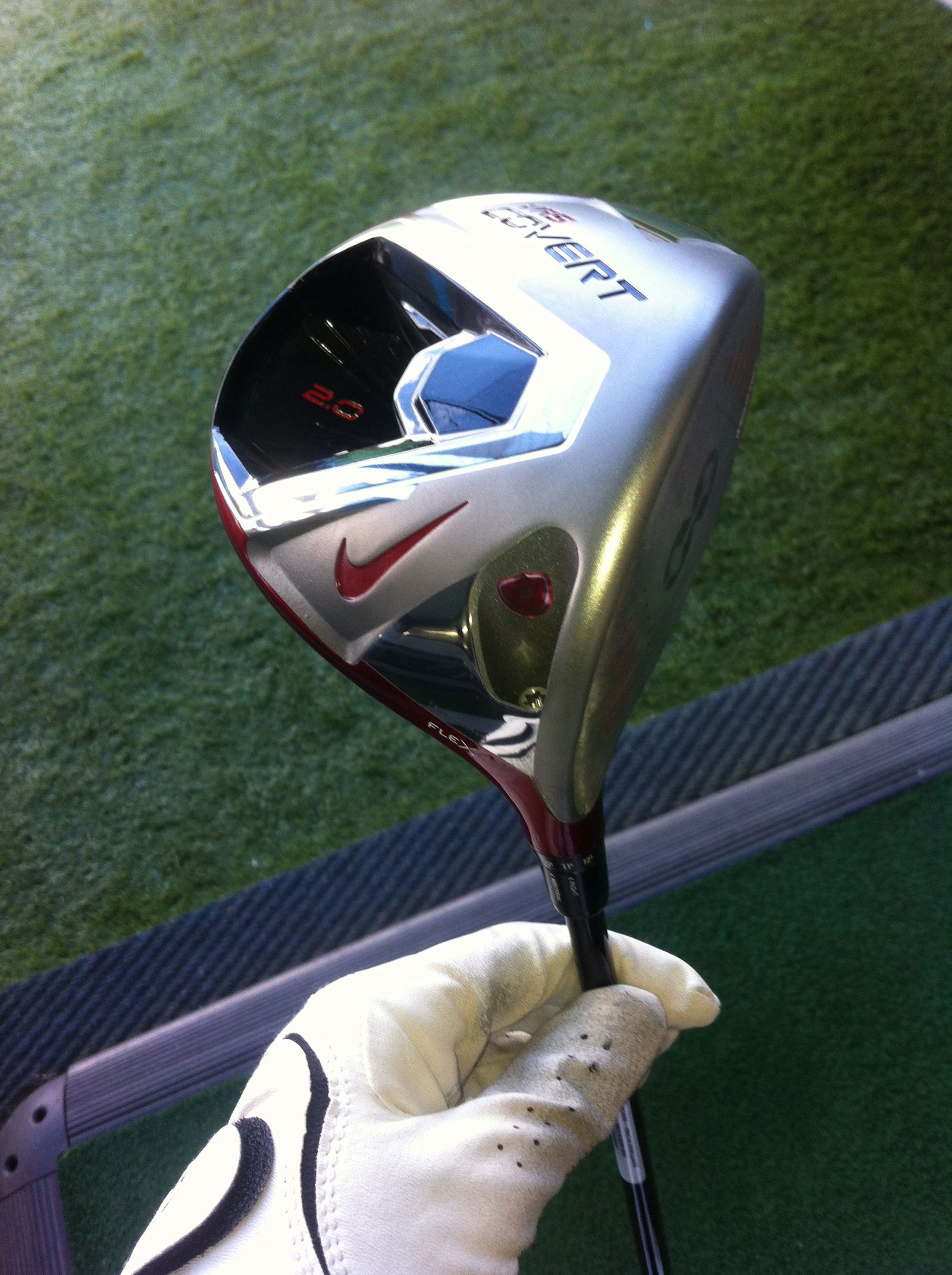Review: Callaway Big Bertha driver
Is the new Big Bertha really meaner than ever?

UNLESS you've been hiding behind the sofa for the past two months, you may have realised Callaway has re-launched its iconic Big Bertha driver franchise.
Having tested out the new Big Bertha Alpha driver and left with a smile on my face, it was onto the standard Big Bertha driver featuring its standout Adjustable Perimter Weighting - an 8g sliding weight in a five-inch-long-track at the rear that Callaway says changes the horizontal centre of gravity by more than 3.5mm and sidespin by 360 RPM.
According to Dr Alan Hocknell, Callaway's R&D chief - speaking in the video above - the rail is located at the back of the driver because wherever weight is on the head, it stays on the edges. That, he says, increases the moment of inertia (resistance to twisting) and keeps the head stable no matter where the player chooses to move the 8g weight. Callaway also says Big Bertha has 20% more MOI than similar sliding-weight clubs.
Now many of you reading my reviews will know how much of a fan I was of the sliding mechanism on the TaylorMade SLDR, so you will probably appreciate I'm rather excited by the simplicity of the APW on the Big Bertha. The sliding track is not exactly the same as the SLDR but it's a similar idea as such. On the TaylorMade, the sliding weight, which is 12g heavier, is positioned towards the front to move the CG low and forward to promote a high launch.
Callaway, however, claims its APW slide is positioned toward the rear of the club to provide a 20% higher MOI for more forgiveness and an infinite number of draw and fade bias options. Like the SLDR, I favoured a 2-degree fade bias.
You've also got a new and advanced Adjustable Hosel Technology on the Big Bertha where you can increase or decrease loft (up to +2° or down -1°) and adjust draw or neutral bias and dial in your preferred shot shape, as well as Callaway's traditional Forged Composite high strength, lightweight crown and new Hyper Speed Face that Callaway says creates a 19% larger sweetspot.
Placing clubhead down at address and I love the darkened blue finish on the crown, a throwback to the standard Big Bertha of 1992, mixed in against the chrome on the sole and bright white Mitsubishi Rayon Fubuki Z standard shaft. The blue paint scheme is lighter on the sole and works well with the red and metallic grey. The headcover looks superb, too. It's a neat, friendly-looking clubhead and much bigger than the Alpha which instils confidence for the game improver. I also prefer the alignment of the Big Bertha because there's a chevron whereas there's nothing on the Alpha.
Aesthetically it just fits in with the entire design, and no matter where the weight is set to, it looks balanced. Off the face, there's a solid thwack which leads to a really solid feel through impact. It certainly didn't sound as loud as the Alpha.
Using GC2 technology at City Point Golf in Moorgate, I found the Big Bertha to be much shorter than the Alpha from the 20 balls I struck. I achieved an average total distance of 258 yards, some seven yards on average short of the Alpha, with a best drive of 276 yards. I found ball flight was a little higher than the Alpha and my spin rate was reaching around the 2750 RPM mark (150 RPM higher than Alpha), so for me at least, it wasn't as low spinning. I found it performed like a mid-low spin driver.
Very forgiving, however, and a pleasing dispersion rate. Hard to miss too, so perfect for the game improver. Although there is no driver, or club for that matter, that's a remedy for a bad swing, cross-face misses on the Big Bertha were consistently met with much less penal results than anticipated.
Verdict
One of the best looking drivers on the market. Very forgiving on off-centre hits, nice mid-high ball flight and exceptionally easy to adjust to iron out any creases in your game.
Callaway says it's Bertha Long, but for me, it didn't really deliver in the distance stakes. It's solid enough off the tee and about average for me at around the 260 mark but it proved to be a good five yards shorter than the Alpha.
A little pricey at £349 but available in places for £329.


